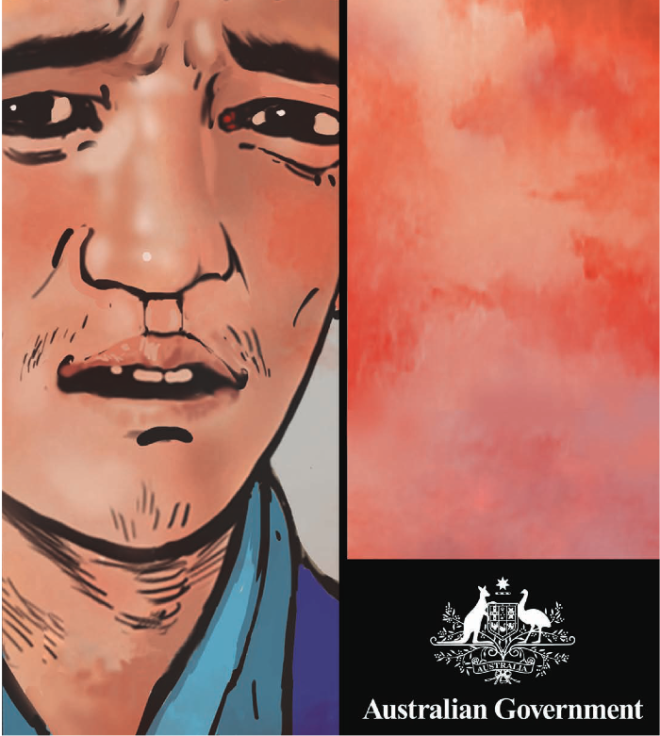[Update: the occasion for running this article were allegations that the LNP Government had paid people-smugglers to turn boats around, in effect outbidding those on vessels and forcing them back. The subsequent campaign by the ALP (and people who may not have known better) to present this as an activity exclusive to the LNP has just come apart, with revelations that the practice has been going on for around four years, during the terms of both Labor and LNP governments. See here. So, to repeat the point: we do not support the LNP-ALP contest over who is “tougher” on “people-smugglers,” but we are disappointed by many of those who were swept up in the ALP’s attempt to score political points by claiming they are better at “smashing the people-smugglers’ business model.” We call bullshit on this rank piece of propaganda.)
The phrase “people-smugglers’ business-model” is an exercise in concern-trolling.
Firstly, the phrase was invented in Australia at a time when successive governments were engaged in transferring increasing amounts of money to the (wholly privatised) mandatory detention industry and the Navy’s patrol and interdiction of unauthorised boat arrivals. Transfield and Serco are the largest corporations involved in both, including various multi-million dollar contracts with Defense. One of the first mentions in official statements was Rudd‘s remark during a radio interview in 2009: “People smugglers are engaged in the world’s most evil trade and they should all rot in jail, because they represent the absolute scum of the earth.” The phrase was an invention of Labor Governments, just as mandatory detention was introduced by a Labor Government some twenty years ago. In the last ten years, the expenditure on detention and repulsion has exceeded $10 billion – a figure that completely overshadows the amounts paid by people to those who own fishing vessels.
Secondly, anti-“people-smuggling” campaigns are exercises in concern-trolling. They manipulate genuine concerns for those who are exploited into practical support for measures that are directed against those same people. There is no way to distinguish between those who steer the boats and those who travel on them, but the sleight of hand is important because it transfers the explicitly racist demonisation of asylum seekers to “people-smugglers,” and politicians can pretend they’re not whipping up a racist frenzy, while in practice the consequences are much the same. Moreover, the focus on “people-smugglers” echoes the language of conservative campaigns against “sex-trafficking” and “slave-trafficking” undertaken by (often Christian conservative) NGOs in Europe – hence its being taken up by Rudd. In Europe, there is also a strong critique of this position, often called the White Saviour Industrial Complex. The focus on “anti-trafficking” enables a sleight-of-hand through which campaigns against sexworkers, and migrant sexworkers in particular are re-spun as campaigns against those who “traffick,” and measures that are directed against migrant (sex) workers are repackaged as if they are ‘for their own good.’ The point is not that there aren’t traffickers who profit from desperation, the point is that the rhetoric of anti-trafficking campaigns often serves to obscure the fact that it is the migrant (sex) workers who suffer most as a result of those campaigns (not least by being deported, forced to go into hiding, or worse). Anti-trafficking campaigns do not make distinctions between people who voluntarily pay people-smugglers to take them somewhere, and traffickers who force them to go somewhere. That difference should be the one that really matters.
Thirdly, “people-smuggling” is a creation of prohibition. If there were safe and legal routes, people would take them. The effective criminalisation of people movements creates people-smuggling. There’s only one sure way to “smash the people-smuggling business model,” if that is indeed the objective: open the borders. Anything short of this in reality can only ever be a debate about who’ll be paid and how much to stop people from moving: Transfield, Serco, the Navy, NGOs, people who own some unsafe fishing boats?











